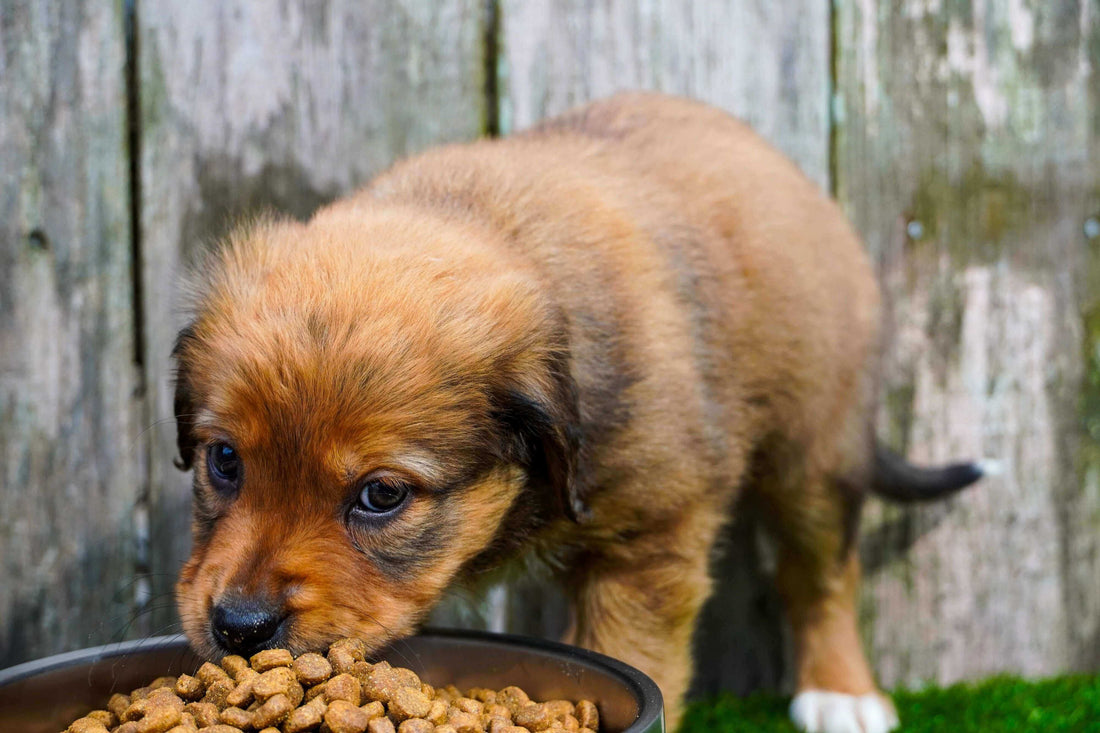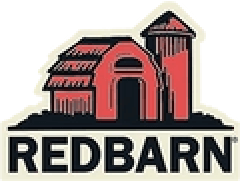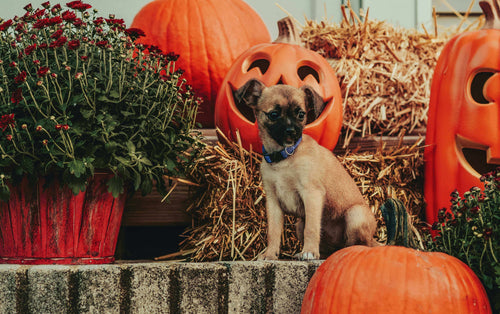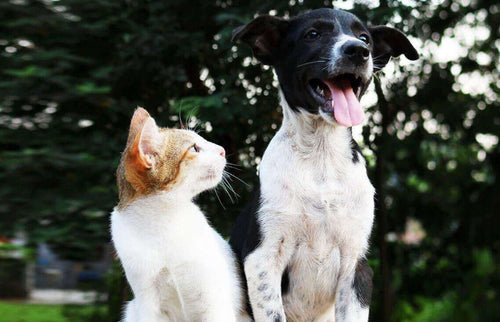
Puppy-Proofing 101: The Ultimate New Puppy Checklist
Share
Whether you’re a new puppy owner for the first time or the fiftieth, the first few days with a new canine companion are filled with uncertainty: what will your puppy be like as an adult? Will he be easy to train or require the assistance of a veritable army of dog experts? What will your friends and family think of her? No matter what your pup’s personality is, how big she’ll get, or the sort of dog you hope he’ll become, the proper supplies offer you a chance to make your dog’s first days as smooth as possible. Don’t neglect that all-important first pet store trip. After all, it’s not just a chance to show Fido off to the world, but also to get your pup the socialization he needs. Use our new puppy checklist below to cut down on the stress!

Leashes, Harnesses, and Safety
It’s tempting to skip leashes in your puppy’s first few days. After all, he’s small and easily caught, so why does he need a leash? No matter how well-behaved or trainable your pup is, she needs to be contained outside, as much to protect her from other dogs as to ensure she obeys you. Don’t neglect these important safety measures:
- At least two leashes: one short one for brief walks, and a longer one for lead training in your yard or the local dog park
- A collar that will grow with your puppy. Check the collar often; you should always be able to fit two to three fingers comfortably underneath it.
- Identification tags firmly attached to your dog’s collar
- Optional: a harness or a snoot loop. These anti-pull devices are particularly useful for wrangling energetic puppies and are an excellent training tool if your dog comes from a breed with a reputation for pulling or unruly behavior.
Containing Your Energetic New Puppy
Dogs are pack animals by nature, which means it’s cruel to hold your puppy for long periods of time away from your family. Nevertheless, growing puppies need to be kept safe, and teaching your dog to love her crate—without ever using it as a punishment—can help with the process of house training, in addition to offering your dog a space where she always feels safe. Some items to consider:
- A dog crate
- Food and water bowls that can be affixed to the inside of the crate
- A soft pad or pillow for the inside of the crate, especially if you choose a wire crate
- Baby gates to keep your puppy out of dangerous or unsupervised areas of your home
- A soft bed that can fit into your dog’s crate or next to your bed
- Training treats to reward positive behavior
- A training clicker to make training a snap
Grooming Supplies
Puppies don’t need frequent baths, but if your little one gets into a mud puddle or is covered in dirt, you’ll want to be able to clean her quickly. And as she gets older, you’ll need to keep her comfortable by keeping her clean and well-groomed. Some can’t-miss grooming supplies include:
- Nail clippers
- A grooming brush appropriate for your dog’s fur and skin type
- Hypoallergenic puppy shampoo
- Puppy conditioner; you don’t need to condition your puppy’s fur, but doing so can make it a bit softer
- A puppy dental care kit
- Deodorizing spray for when your puppy smells but you don’t have time to wash her
The Right Food for a Great Start
Your growing puppy deserves the very best food. To select a food, remember that dog foods list their ingredients in order of most to least prevalent. Thus a dog food that lists chicken as its first ingredient contains more chicken than any other ingredient. Dogs need a high-protein, high-meat diet, so ensure the first ingredient listed on your dog’s food is meat, not corn or other fillers. Some items you’ll probably want include:
- Dry puppy food designed for your dog’s breed or size
- Wet puppy food to mix with the dry
- Gently Air Dried Powerfood Puppy Super Food
- Easily-cleaned water and food bowls; stainless steel works great.
- Optional: puppy supplements. Any high-quality dog food will contain all of the ingredients you need to keep your puppy healthy, but a multivitamin can help you ensure your puppy stays healthy for the long-term. Check the package to see if your dog’s food meets the AAFCO certification for puppy lifestyle stages.

Protecting Your Dog’s Health
Every new puppy needs a checkup at the veterinarian. This is a great chance to ask any questions you might have about your pup’s health or behavior. While you’re there, be sure to ask about the following:
- The relative merits of spaying or neutering now, versus waiting till your puppy’s a little older.
- The vaccines your dog needs, and which additional vaccines are recommended based on your location and lifestyle.
- Heartworm medication
- Flea and tick preventative treatments
- Parasite testing
- Whether you should microchip your puppy
Keeping Busy Mouths off Your Furniture
Puppies love to play, and teething means that their mouths are often hurt. Put these two things together, and you’ve got a mouthy monster with razor-sharp teeth, who will happily bite or chew anything and everything. Keep your pup’s mouthiness in check with the following:
- Lots of appropriately sized chew toys or natural chews
- Toys your puppy can chew, suck on, and carry around; many puppies love stuffed animals
- Interactive toys, such as Frisbees and tennis balls
- Treat-dispensing toys
- Bitter apple sprays to deter your puppy from chewing on valuable household items
- Freezable toys to help numb the pain of teething
Cleaning Up Accidents
No matter how well-behaved your puppy is nor how diligently you work to train him or her, a few accidents here and there are inevitable. You can minimize accidents by keeping your puppy in the crate when you can’t supervise him or her, but the following supplies will help you prevent messes as much as possible, and quickly eliminate them when they occur:
- Odor-neutralizing carpet spray. Puppies like to soil the same place over and over, but by reducing the smell, you decrease the likelihood of frequent accidents
- Puppy pads for when your puppy must be contained, and you want to prevent the potential damage of an accident
- Optional: a carpet steam cleaner or spot bot to quickly eliminate messes
Sure, a shopping spree right after you get your puppy might feel like a financial nuisance. Having everything you need before you need it, though, can help you avoid last-minute pet store trips and unexpected expenses. You’ll also have more time to spend with your puppy, which is, of course, what dog guardianship is all about.

All data and information provided on this site is for informational purposes only and reflect the views of the authors alone, and do not necessarily reflect those of the organization. Redbarn makes no representations as to accuracy, completeness, timeliness, suitability, or validity of any information on this site and will not be liable for any errors, omissions, or delays in this information or any losses, injuries, or damages arising from its display or use. All information is provided on an as-is basis. Please note that each situation is different, and you should always consult your veterinarian should you have any questions about your pet’s health.


